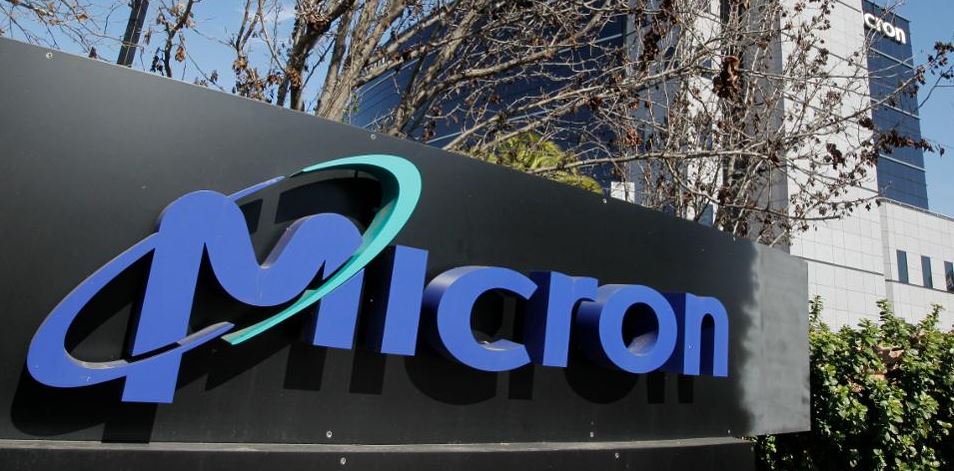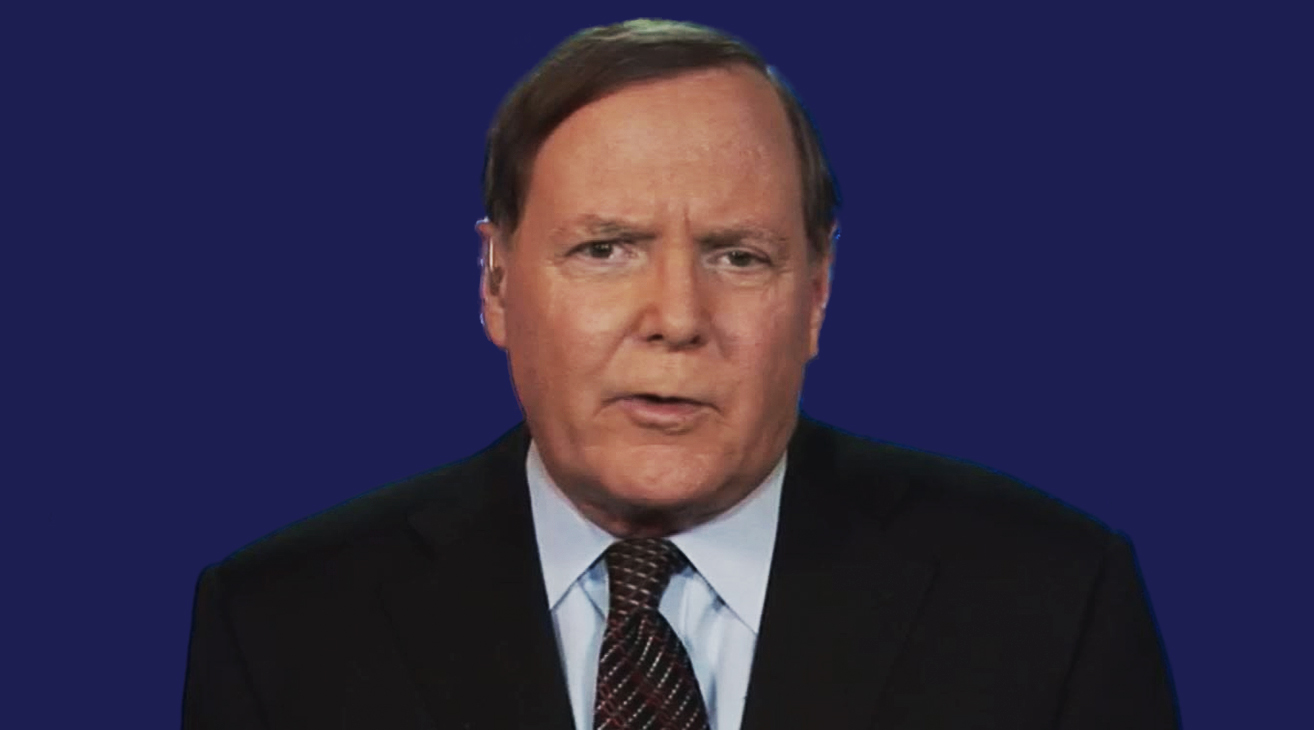by Chris Dieterich, Blackrock
Now at $1 trillion, bond ETFs are a blockbuster innovation that offer potential benefits to all investors
It was a suburban teenage conundrum. I’d bike to Blockbuster Video only to find the much-coveted new releases out of stock. What to do? Unwilling to gamble (remember late fees?), and unschooled in the virtues of less-picked-over classic and cult films, I often resorted to the tried and true: “Happy Gilmore” or “Tommy Boy.”
Then, almost overnight, renting movies was transformed. Netflix boasted access to what seemed like an infinite catalog, with the convenience of DVDs delivered straight to our doorstep. A hive mind of subscriber reviews, combined with high-tech recommendation algorithms, helped users discover new titles. Years later, on-demand streaming cut rental times to mere seconds from days or weeks.
The evolution in how we rent movies parallels how exchange traded funds (ETFs) made it simple and efficient to access to global bond markets. As with many innovations, bond ETFs—which iShares pioneered months before the Netflix initial public offering in 2002—streamlined what was previously a cumbersome process.[1] Bond ETFs simplified and expanded the selection available to ordinary investors, providing new options to reach for goals such as income and portfolio diversification.
Leaving a mark on global markets
Bond ETFs make it as easy to buy and sell bundles of bonds as it is for stocks. While this sounds simple, the innovation represents a giant leap forward from previous eras, when finding and pricing individual bonds—particularly corporate and emerging-market issues—was often opaque.
The first ETFs were linked to Treasury bonds and high-grade corporate debt. Today there are nearly 400 bond ETFs listed in the U.S. and more than 1,300 across the globe.[2] In June 2019, global assets eclipsed $1 trillion for the first time. A big number, to be sure, but bond ETFs remain a fraction of the $105 trillion global fixed income marketplace.[3]
Wider adoption has translated into heavier trading volumes, which generally result in lower on-exchange transaction costs. Convenience and ease of trading help explain why investors increasingly rely on bond ETFs to reposition their holdings during periods of market turbulence, such as the final months of 2018.
An eye toward the future of portfolios
Bond ETFs are also helping dispel the false narrative that passive and active investing are mutually exclusive. All types of investors are recognizing that modern portfolios combine active management and index-tracking products. Some investors use broad bond ETFs to diversify their stock holdings; others use term-maturity bond ETFs to help generate predictable income through laddering; and still others use bond ETFs alongside individual securities in their portfolios.
Recent market trends underscore that bond ETFs are tools for building dynamic portfolios. U.S.-listed bond ETFs pulled in $37.4 billion in the second quarter of 2019, the most of any quarter on record.[4] These days, many investors are actively targeting bond ETFs to search for yield as global central banks consider whether to loosen monetary policies in the near future.
Looking ahead, we think that investors will continue to find novel uses for these versatile tools. Additionally, powerful advances in technology, market structure and product innovation will help lead more investors to bond ETFs for the first time. Taken together, we believe that global bond ETF assets could double over the next five years, to $2 trillion, to the benefit of all investors.
Chris Dieterich is a strategist in BlackRock’s ETF and Index Investments Group and a regular contributor to The Blog.
[1]BlackRock, S&P Capital IQ. Netflix Inc.’s initial public offering was May 29, 2002. iShares launched four bond ETFs in the U.S. on July 22, 2002: the iShares iBoxx USD Investment Grade Corporate Bond ETF (LQD), the iShares 1-3 Year Treasury Bond ETF (SHY), the iShares 7-10 Year Treasury Bond ETF (IEF), and the iShares 20+ Year Treasury Bond ETF (TLT).
[2] BlackRock (as of May 2019).
[3] Bank of International Settlements (as of Dec. 2018).
[4] BlackRock (as of July 2019).
Carefully consider the Funds’ investment objectives, risk factors, and charges and expenses before investing. This and other information can be found in the Funds’ prospectuses or, if available, the summary prospectuses which may be obtained by visiting www.iShares.com or www.blackrock.com. Read the prospectus carefully before investing.
Investing involves risk, including possible loss of principal.
Fixed income risks include interest-rate and credit risk. Typically, when interest rates rise, there is a corresponding decline in bond values. Credit risk refers to the possibility that the bond issuer will not be able to make principal and interest payments. Non-investment-grade debt securities (high-yield/junk bonds) may be subject to greater market fluctuations, risk of default or loss of income and principal than higher-rated securities. An investment in the Fund is not insured or guaranteed by the Federal Deposit Insurance Corporation or any other government agency and its return and yield will fluctuate with market conditions.
Buying and selling shares of ETFs will result in brokerage commissions. There can be no assurance that an active trading market for shares of an ETF will develop or be maintained.
This material is not intended to be relied upon as a forecast, research or investment advice, and is not a recommendation, offer or solicitation to buy or sell any securities or to adopt any investment strategy. The opinions expressed are as of the date indicated and may change as subsequent conditions vary. The information and opinions contained in this material are derived from proprietary and non-proprietary sources deemed by BlackRock to be reliable, are not necessarily all-inclusive and are not guaranteed as to accuracy. As such, no warranty of accuracy or reliability is given and no responsibility arising in any other way for errors and omissions (including responsibility to any person by reason of negligence) is accepted by BlackRock, its officers, employees or agents. This material may contain “forward-looking” information that is not purely historical in nature. Such information may include, among other things, projections and forecasts. There is no guarantee that any of these views will come to pass. Reliance upon information in this material is at the sole discretion of the viewer.
The iShares Funds are distributed by BlackRock Investments, LLC (together with its affiliates, “BlackRock”).
The iShares Funds are not sponsored, endorsed, issued, sold or promoted by Markit Indices Limited, nor does this company make any representation regarding the advisability of investing in the Funds. BlackRock is not affiliated with Markit Indices Limited.
©2019 BlackRock. iSHARES and BLACKROCK are registered trademarks of BlackRock. All other marks are the property of their respective owners.
ICRMH0719U-903831-1/1
This post was first published at the official blog of Blackrock.
















